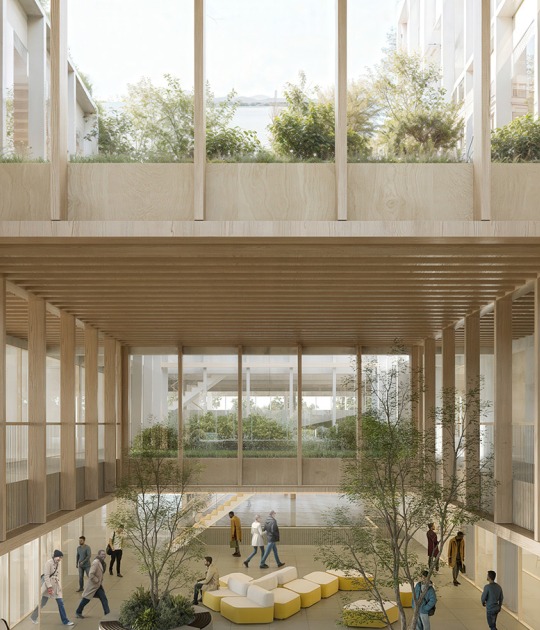The cantilevers are made of steel, with local slate pieces are aligned vertically for the paviment. The handrails are made of lengths of oak.
Project description by William Matthews Associates
Tintagel Footbridge
In collaboration with Ney & Partners we were one of six shortlisted teams selected from 137 international entries asked to produce a design for a new footbridge linking the remains of Tintagel Castle in Cornwall.
Our winning proposal was based on a simple concept: to recreate the link that once existed and filled the current void. Instead of introducing a third element that spans from side to side, we proposed two independent cantilevers that reach out and touch, almost, in the middle.
Visually the link highlights the void through the absence of material in the middle of the crossing. The structure, 4.5m high where it springs from the rock face, tapers to a thickness of 170mm in the centre, with a clear joint between the mainland and island halves. The narrow gap between them represents the transition between the mainland and the island, the present and the past, the known and the unknown, reality and legend; all the things that make Tintagel so special and fascinating.
Construction of the bridge began in late 2018 and will completed in the summer of 2019.





































